Alabama Crime Rate: A Comprehensive Analysis of Violent and Property Crime Statistics
Understanding crime patterns in Alabama requires looking beyond surface-level numbers. The state’s landscape – a mix of bustling cities and quiet rural towns – creates unique challenges for law enforcement. While violent crime and property crime rates hover near national benchmarks, hidden stories emerge when peeling back the layers of local data.
This analysis doesn’t just compare Alabama to the national median – it reveals how specific communities experience safety differently. From Birmingham’s urban core to the peaceful streets of Hillsboro, crime statistics tell varied tales about prevention efforts and socioeconomic factors shaping these trends.
- Alabama’s overall crime rate is 21.03 per 1,000 residents, slightly higher than the national median.
- The state has a violent crime rate of 4.04 and a property crime rate of 16.99 per 1,000 residents.
- This article provides a detailed breakdown of crime statistics, trends, and comparisons to national data.

Overall Crime Rate in Alabama
Alabama’s overall crime rate sits at 21.03 incidents per 1,000 residents, painting a picture of safety that’s more nuanced than it first appears. While this number edges slightly above the national benchmark, it masks sharp contrasts between violent crime and property crime trends shaping daily life across the state.
Breaking down the data reveals key patterns: Theft and burglary dominate property-related incidents, while assaults make up most violent offenses. Even with lower-than-average motor vehicle thefts, certain urban areas face unique challenges that statewide averages don’t fully capture.
- Total crime rate: 21.03 per 1,000 residents.
- Violent crime rate: 4.04 per 1,000 residents.
- Property crime rate: 16.99 per 1,000 residents.
| Category | Alabama Rate | USA National Crime Median |
|---|---|---|
| Total Crime | 21.03 | 19.5 |
| Violent Crime | 4.04 | 4.0 |
| Property Crime | 16.99 | 19.0 |
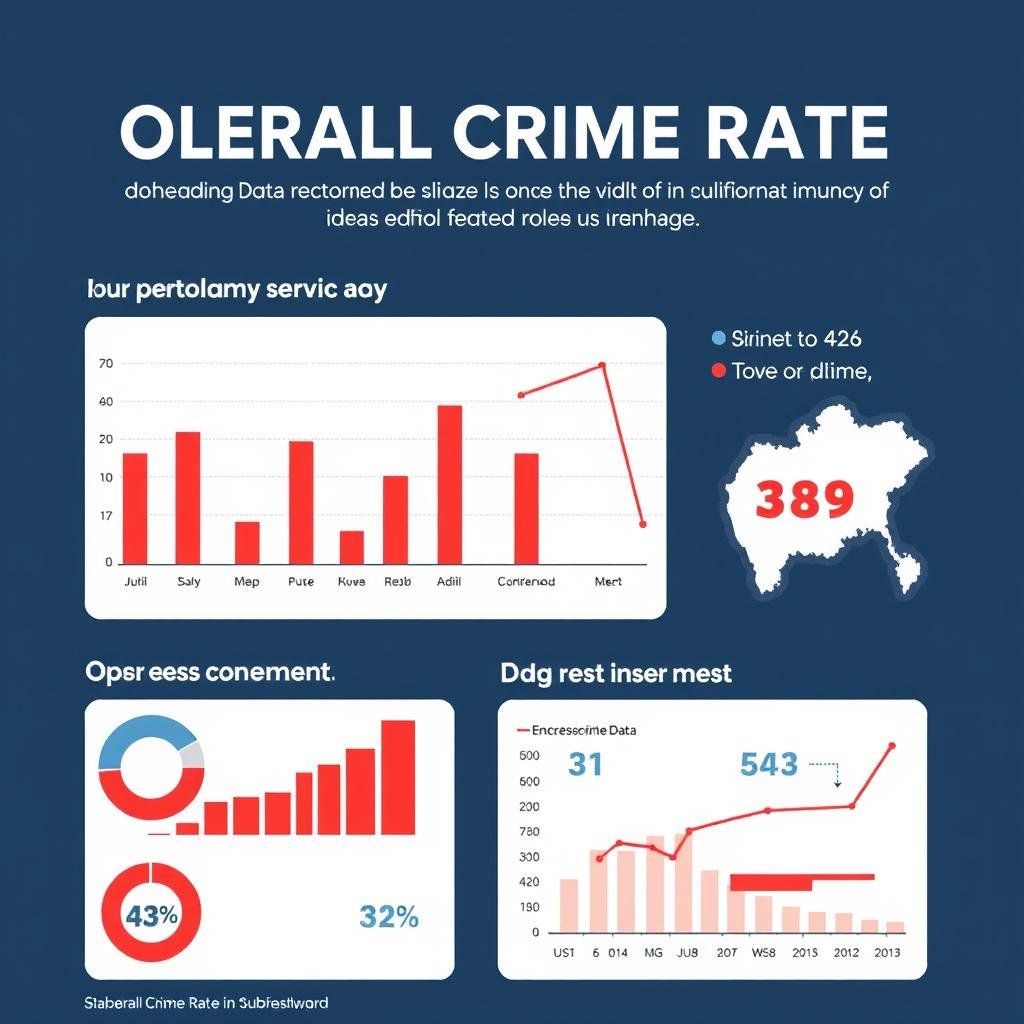
Violent Crime Statistics in Alabama
When examining violent crime in Alabama, the numbers tell a story that’s both familiar and surprising. The state’s violent crime rate of 4.04 per 1,000 residents sits just above the national median of 4.0 – but dig deeper, and you’ll find dramatic differences between crime types. Assaults drive most incidents, while other categories show unexpected patterns compared to national averages.
What stands out? While murder rates slightly exceed the U.S. average, robbery incidents occur less frequently here than in most states. These contrasts highlight why blanket statements about safety often miss the mark.
- Total violent crimes reported: 20,635.
- Violent crime rate: 4.04 per 1,000 residents.
- Chances of becoming a victim of violent crime: 1 in 248.
Breakdown of violent crimes:
| Crime Type | Alabama Rate | National Median |
|---|---|---|
| Murder | 0.10 | 0.06 |
| Rape | 0.30 | 0.38 |
| Robbery | 0.36 | 0.67 |
| Assault | 3.28 | 2.64 |
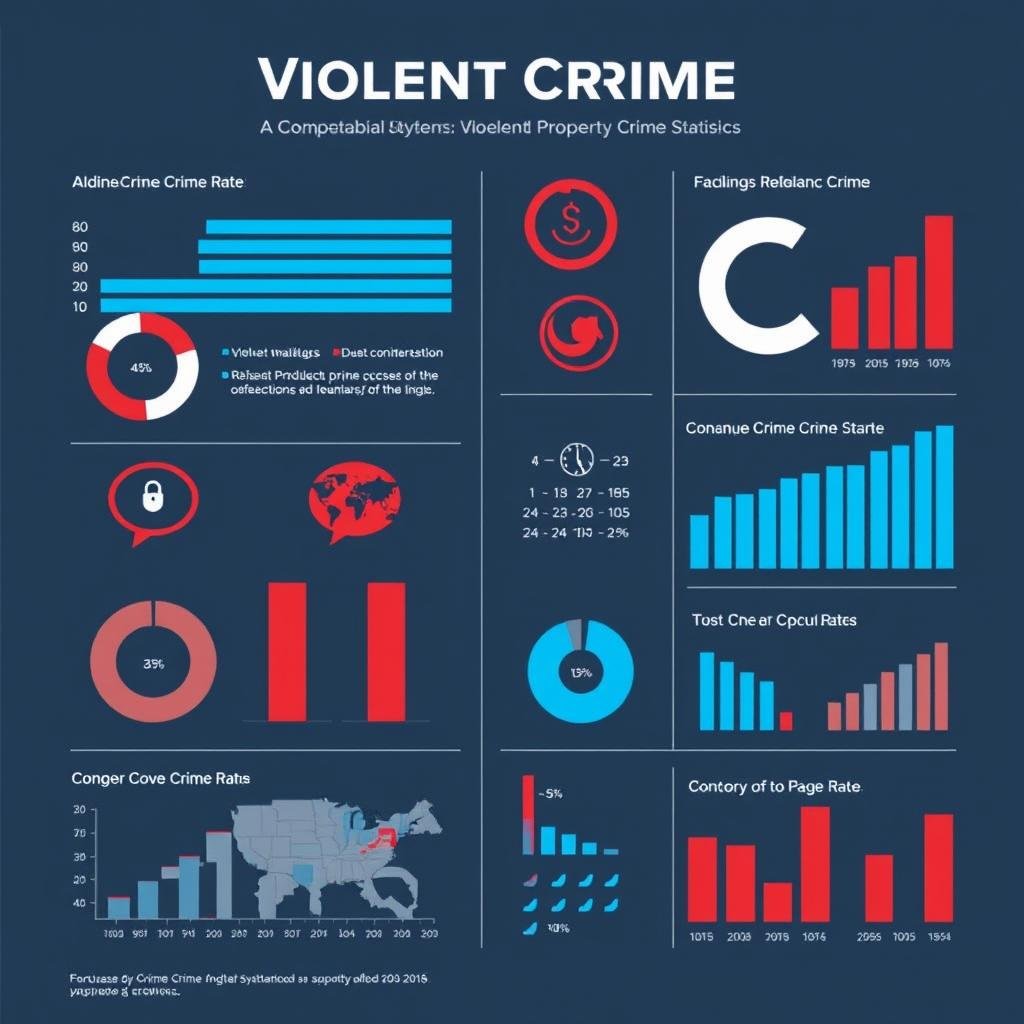
Property Crime Statistics in Alabama
While Alabama’s property crime rate of 16.99 per 1,000 residents falls below the national median of 19.0, the details reveal a mixed picture. Theft dominates these incidents, but some categories show sharper contrasts with U.S. averages. For example, motor vehicle theft occurs far less frequently here than in most states – a rare bright spot in the broader landscape of crime statistics.
Residents face a 1 in 59 chance of experiencing burglary, theft, or vehicle-related crimes. These numbers challenge assumptions, showing that even lower-than-average rates don’t eliminate risks entirely.
- Total property crimes reported: 86,793.
- Property crime rate: 16.99 per 1,000 residents.
- Chances of becoming a victim of property crime: 1 in 59.
Breakdown of property crimes:
| Crime Type | Alabama Rate | National Median |
|---|---|---|
| Burglary | 2.55 | 2.51 |
| Theft | 12.40 | 13.47 |
| Motor Vehicle Theft | 2.05 | 3.19 |
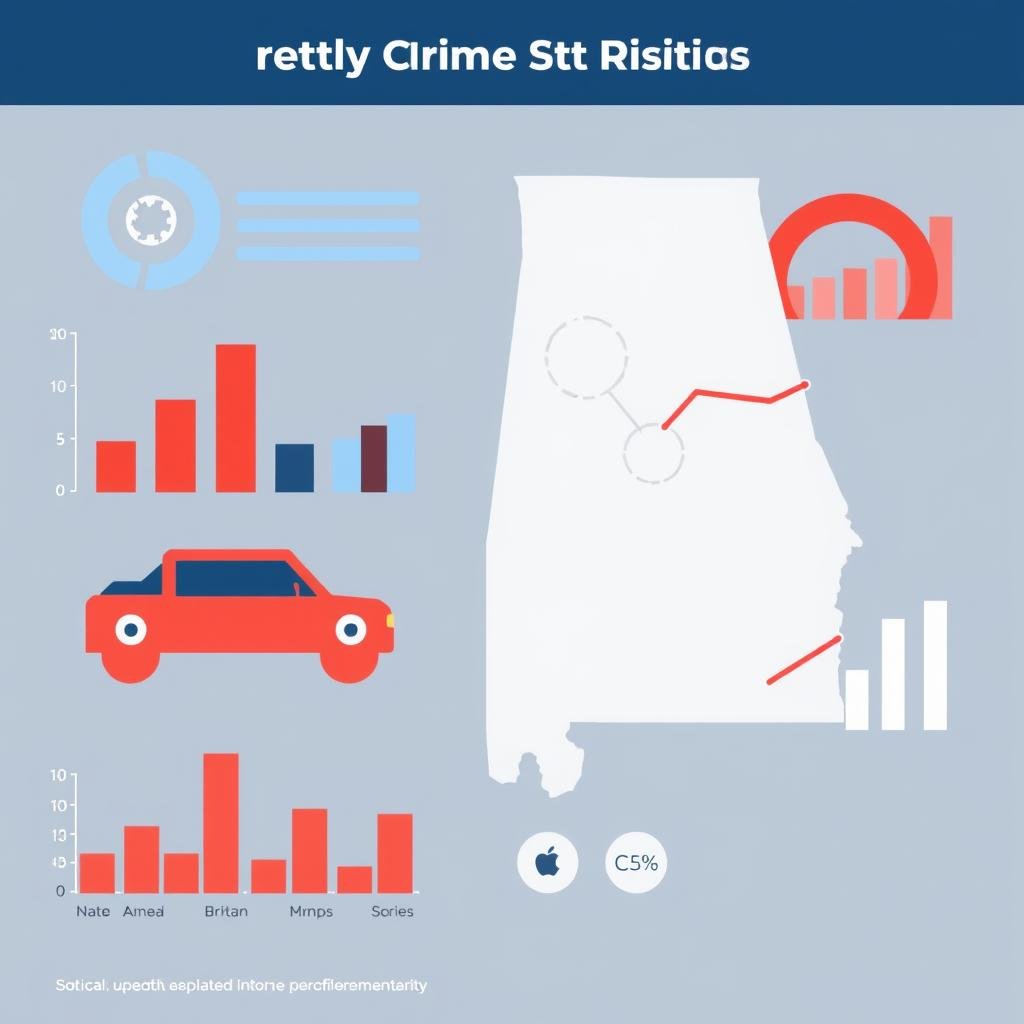
Crime Rates Per Square Mile in Alabama
Looking at crime rates through the lens of geography reveals surprising patterns. While Alabama’s overall crime numbers might seem high in some categories, its square mile rate tells a different story. With just 10 crimes per square mile compared to the national median of 26.5, the state’s crimes are spread thinner across its landscape than many realize.
This lower density doesn’t mean safety is guaranteed everywhere, but it does suggest crimes aren’t concentrated in small areas. The gap between Alabama and the U.S. average highlights how population distribution and land size shape crime statistics.
- Alabama’s crime rate per square mile: 10.
- National median crime rate per square mile: 26.5.

Top Ten Safest Cities in Alabama
For those looking to live or visit areas with lower risks, Alabama offers several communities that stand out in crime statistics. The state’s safest cities often share traits like smaller populations and strong community ties, which contribute to their security. While bigger cities grab headlines, these quieter spots show how local efforts can make a difference.
Here’s the latest ranked list of places where safety takes center stage:
- Hillsboro
- Ethelsville
- Daviston
- Five Points
- Gainesville
- Gantt
- Fitzpatrick
- Goshen
- Greensboro
- Hurtsboro

Popular Cities in Alabama and Their Crime Rates
While Alabama’s small towns often shine in safety rankings, its popular cities draw attention for their mix of urban energy and community challenges. These larger hubs—home to universities, cultural landmarks, and growing economies—show varied patterns in crime rates. Understanding their safety profiles helps residents and visitors make informed choices.
Here’s a look at well-known areas shaping Alabama’s urban landscape:
- Alabaster
- Auburn
- Birmingham
- Decatur
- Dothan
- Florence
- Hoover
- Huntsville
- Madison
- Mobile
- Montgomery
- Phenix City
- Prattville
- Tuscaloosa
- Vestavia Hills
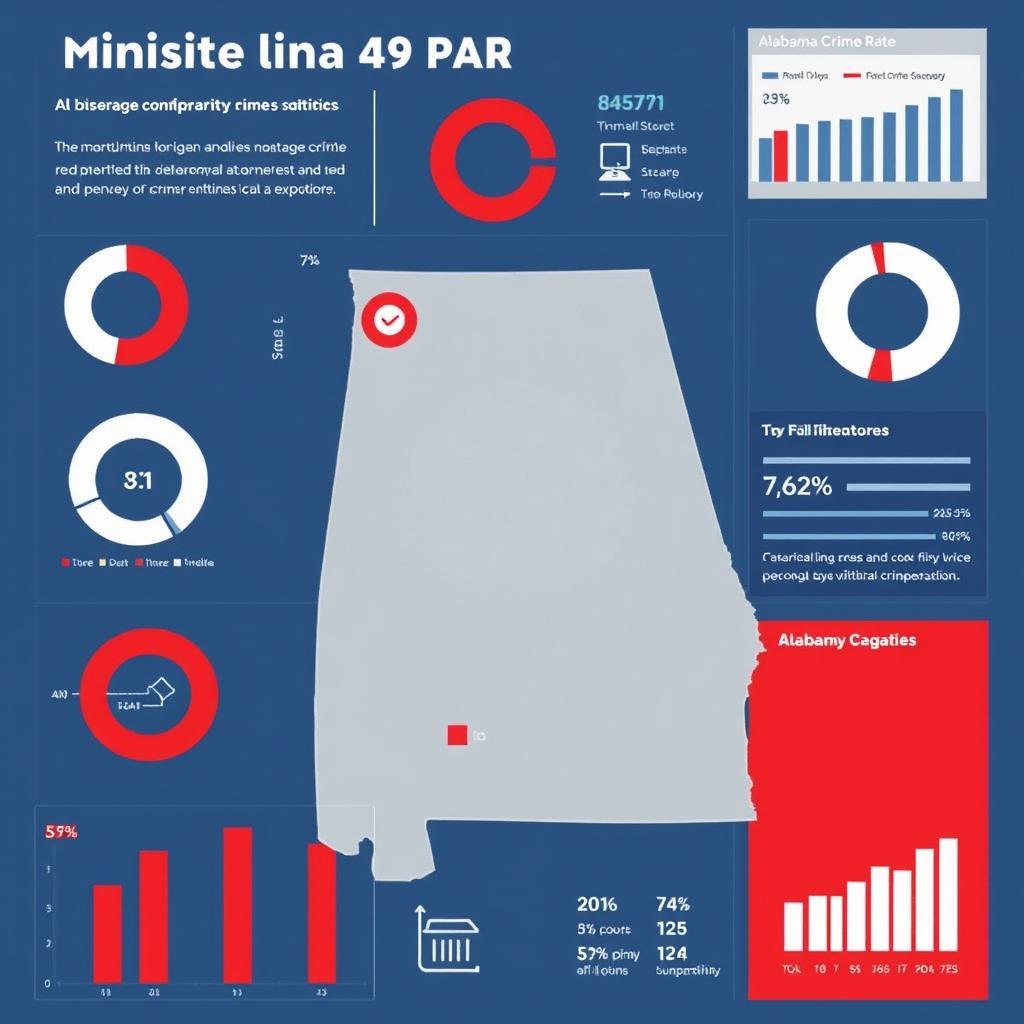
Crime Data Methodology
Understanding how crime data is collected and analyzed helps clarify the numbers behind Alabama’s safety trends. The methodology combines reports from local law enforcement with national standards to ensure accuracy. This process addresses common challenges like incomplete records or regional reporting differences.
Here’s how it works:
- Data sourced from 18,000 local law enforcement agencies in the U.S., creating a broad foundation for comparisons.
- Statistics reflect the 2023 calendar year, with the FBI releasing finalized numbers in October 2024.
- Methodology uses a nationwide meta-analysis to fill gaps caused by unreported crimes or errors in local databases.

Additional Insights and Trends
Alabama’s crime trends reveal both challenges and improvements compared to national patterns. While violent crime rates hover close to the U.S. median, specific categories like assault stand out. Meanwhile, property crime rates show better performance in key areas such as motor vehicle theft.
- Alabama’s overall crime rate is 21.03 per 1,000 residents, slightly above the national median for violent crime (4.04 vs. 4.0) but lower for property crime (16.99 vs. 19.0).
- Notable crime trends: Assaults occur at 3.28 per 1,000 residents (national average: 2.64), while robbery (0.36) and motor vehicle theft (2.05) rates fall below U.S. averages.
| Category | Alabama Rate | National Rate |
|---|---|---|
| Assault | 3.28 | 2.64 |
| Robbery | 0.36 | 0.67 |
| Motor Vehicle Theft | 2.05 | 3.19 |
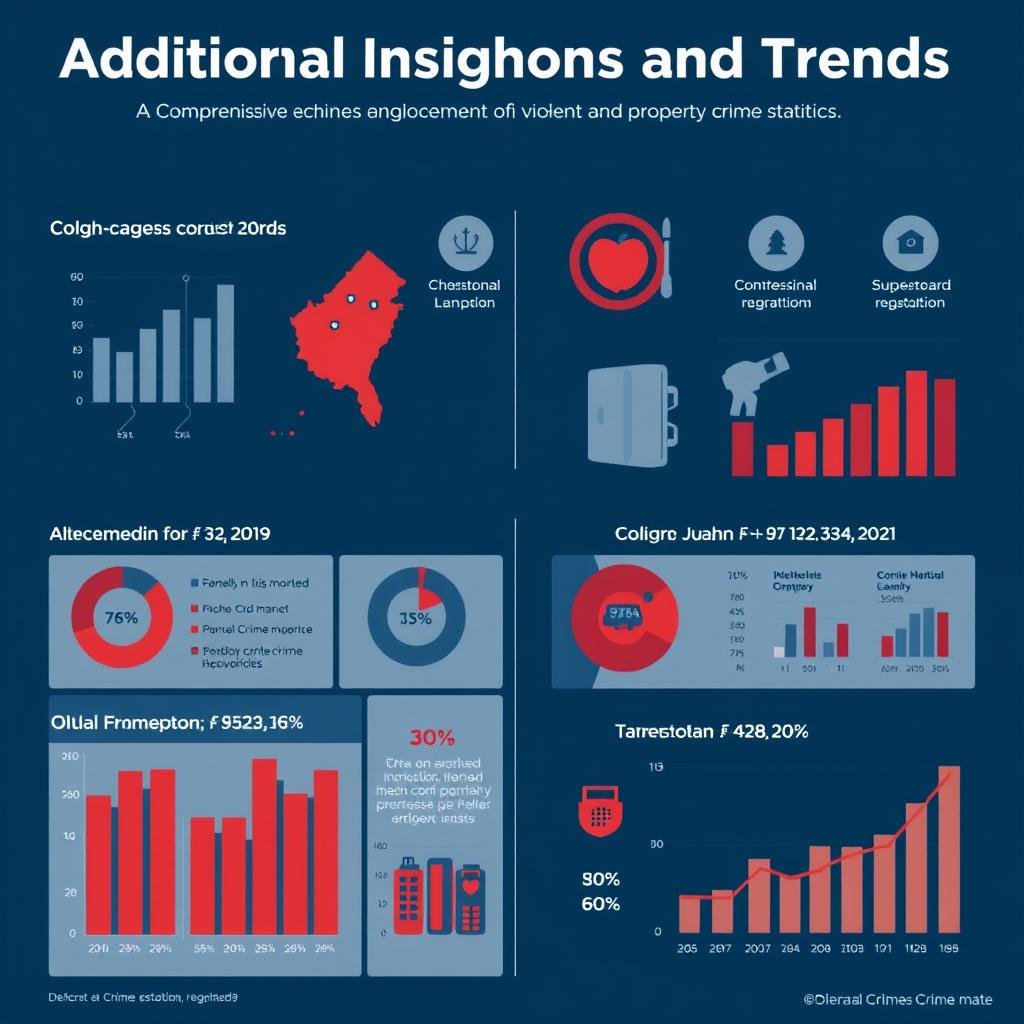
Conclusion
In wrapping up our comprehensive analysis of Alabama’s crime rate, it’s clear that the state presents a complex picture of safety and risk. While Alabama’s overall crime rate slightly exceeds the national median, the nuances between violent crime and property crime rates reveal a landscape where community efforts and law enforcement strategies play pivotal roles.
The crime statistics underscore the importance of localized approaches to crime prevention, especially in areas where assault rates surpass national averages. However, the lower-than-average motor vehicle theft rates offer a glimmer of hope, showcasing areas where Alabama outperforms.
This analysis not only highlights the current state of crime in Alabama but also emphasizes the need for continued vigilance and innovative prevention efforts to ensure the safety and well-being of all residents.



